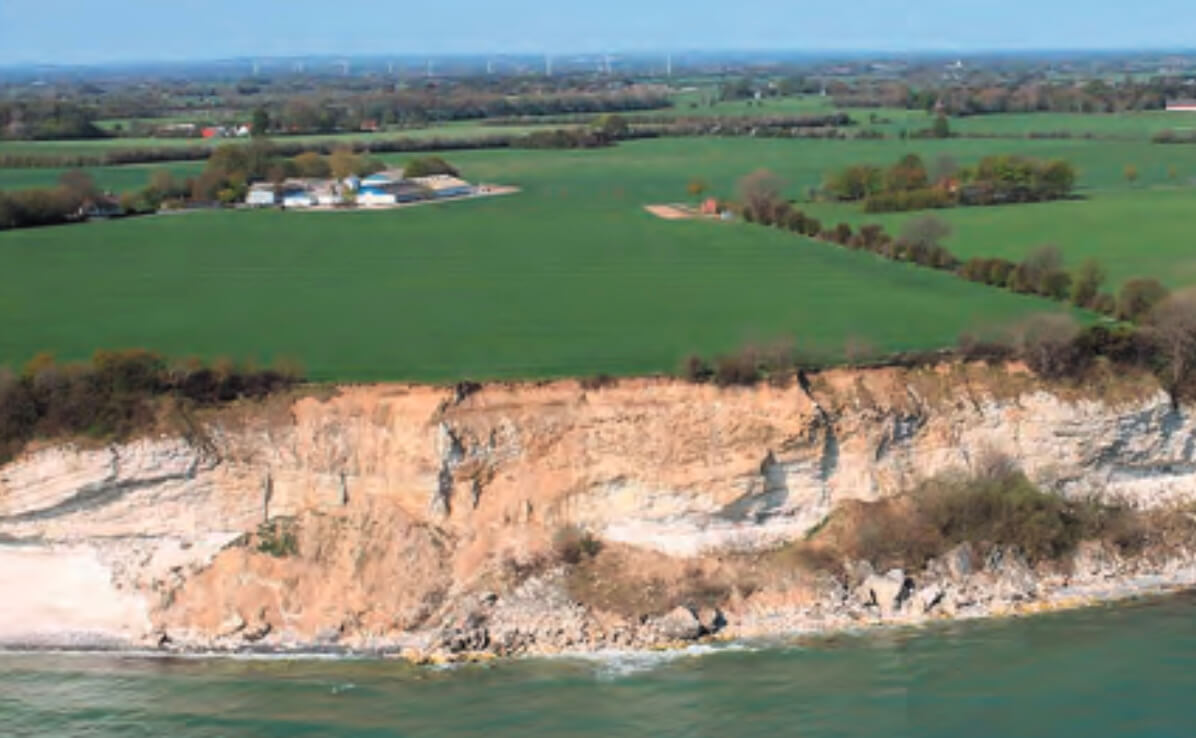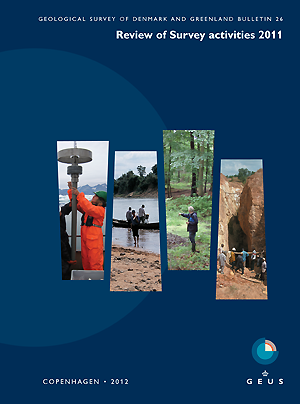
How to Cite
Share
Abstract
The scenic coastal cliff of Stevns Klint is a classical study locality that stretches for 15 km along the east coast of Sjælland and it holds arguably the best exposed Cretaceous−Tertiary boundary in the world (Fig. 1; Damholt & Surlyk 2012). The famous boundary separates the soft Cretaceous chalk from the harder overlying Tertiary bryozoan limestone (Fig. 2), and the difference between the two rock types controls the character of the frequent cliff falls. The relatively soft chalk at the base is eroded by storm waves and is subject to general debris shedding. The overlying bryozoan limestone, with its hardgrounds and flint layers, is more resistant to erosion and is strong enough to form overhanging projections of the coastal cliff that result in large and small recurring collapses.
How to Cite
Share
Copyright (c) 2012 Stig A. Schack Pedersen, Tove Damholt

This work is licensed under a Creative Commons Attribution 4.0 International License.
Downloads
Edited by Ole Bennike, Adam A. Garde and W. Stuart Watt
This Review of Survey activities presents a selection of 20 papers reflecting the wide spectrum of activities of the Geological Survey of Denmark and Greenland, from the microscopic to the plate-tectonic level.
The Survey's activities in Denmark and surrounding areas are illustrated by [...]









